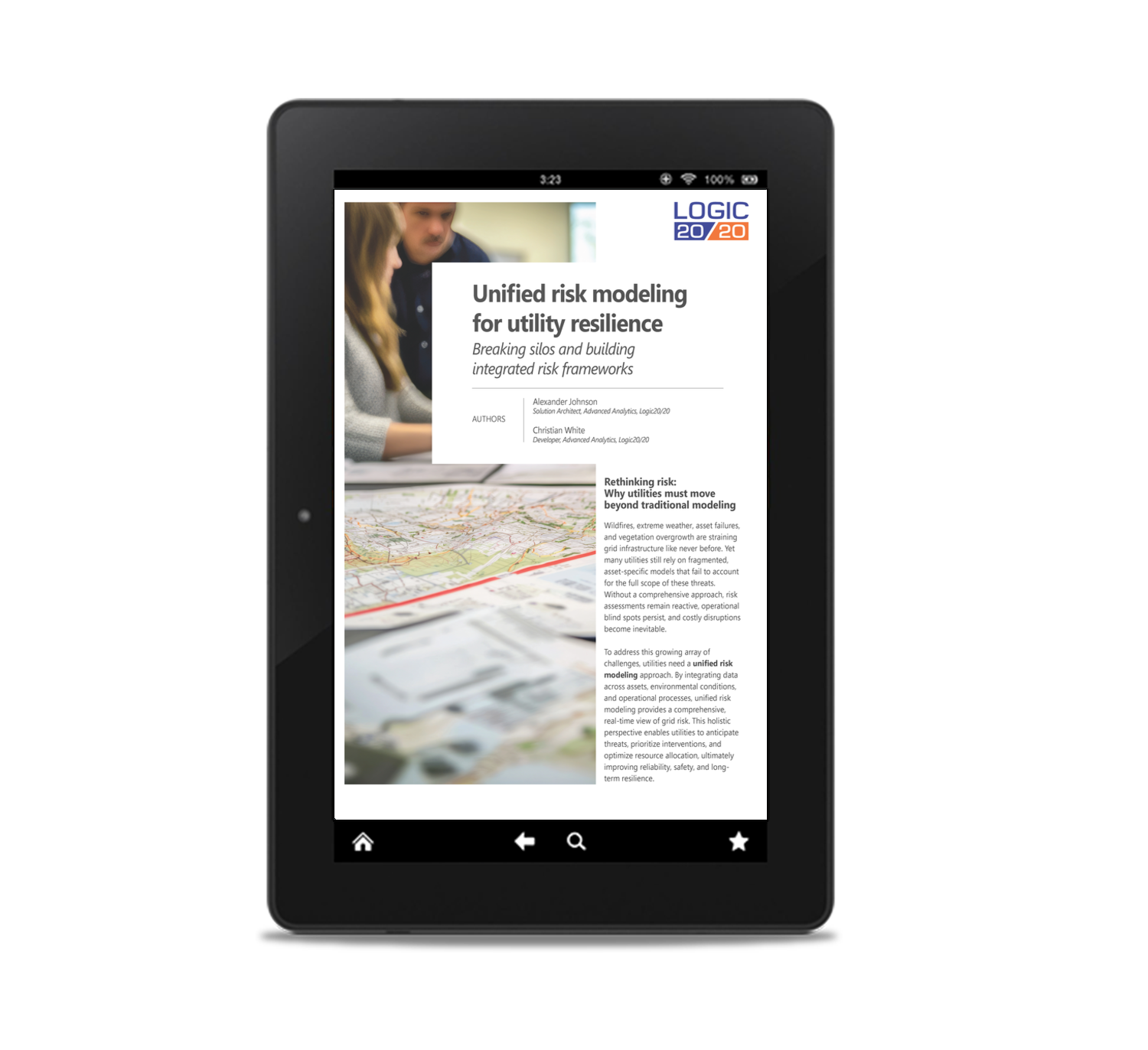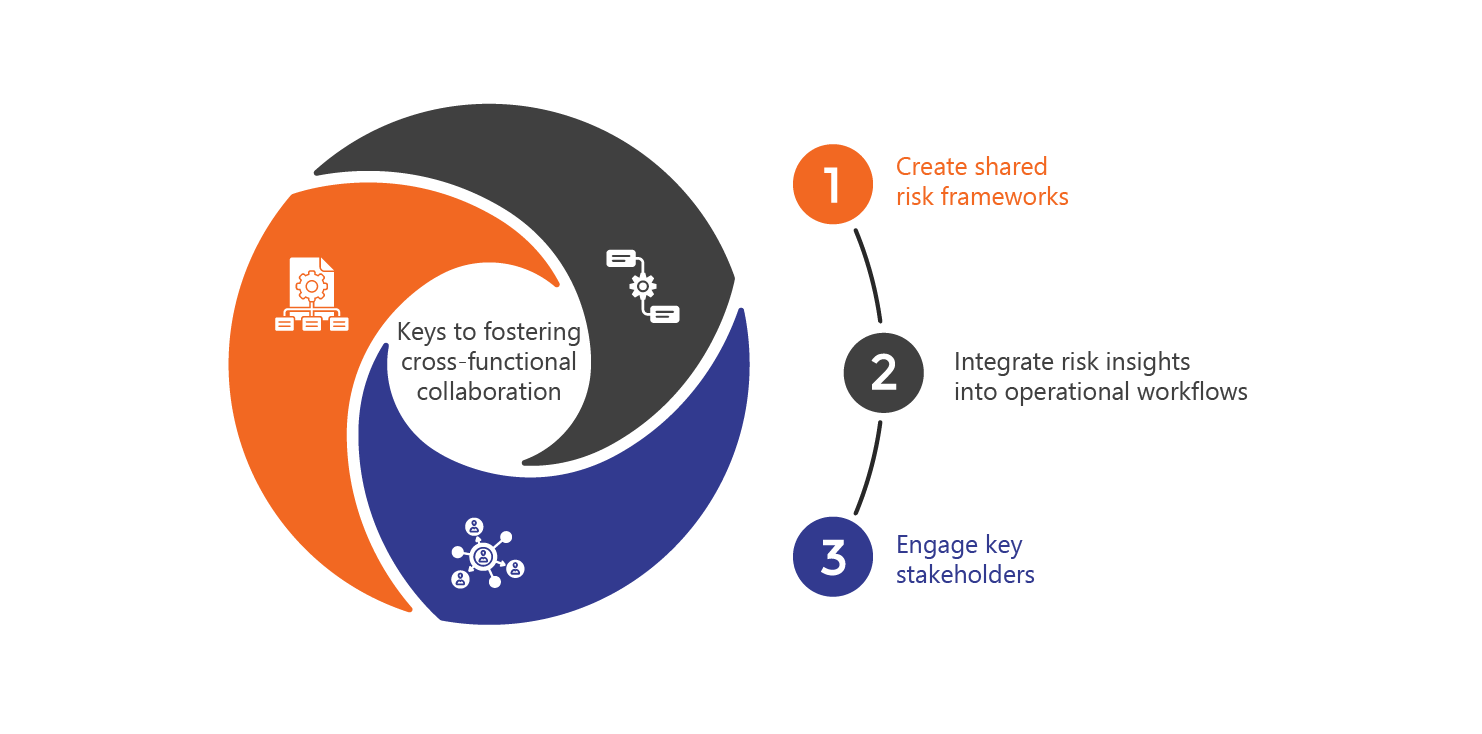Unified risk modeling isn’t just about data aggregation—it’s about creating a functional ecosystem where insights translate into action. For utilities, this means redefining how data is captured, how models are validated, and how decisions are made across departments. By establishing a high-quality data foundation, ensuring defensible modeling practices, and fostering cross-functional collaboration, utilities can move from fragmented, reactive risk management toward unified strategies that drive measurable improvements in safety, reliability, and transparency.
In this article, we explore the foundational elements needed to build a sustainable unified risk modeling ecosystem and the organizational shifts that make it possible.
Article continues below.

Building the unified risk modeling ecosystem
Transitioning to a unified risk modeling framework requires a systemic shift in how utilities manage, interpret, and apply risk intelligence.
Establishing a strong data foundation
Utilities need high-quality, integrated data streams to fuel accurate risk assessments. A solid foundation involves:
- Developing centralized, accessible repositories for asset, environmental, and operational data.
- Applying robust data governance frameworks to ensure consistency across departments.
- Incorporating external datasets, such as climate models and vegetation growth forecasts, to improve scenario modeling.
Article continues below.

Ensuring defensible modeling practices
For risk models to be effective, they must be both technically sound and operationally trustworthy. A defensible modeling approach ensures that utilities can rely on their models for high-impact decision-making by aligning data, methodologies, and outputs with real-world needs.
- Build a foundation on data: High-quality, well-integrated data is the cornerstone of effective risk modeling, ensuring consistency and accuracy from the start; see “Establishing a strong data foundation” above.
- Develop transparent, reliable models: Models should be designed to translate raw data into meaningful insights using validated methodologies. Clear risk definitions, explainable outputs, and iterative refinements help improve model credibility and adoption.
- Deliver actionable decision support: The final step in a defensible framework is ensuring that insights from models translate into informed action. Standardized dashboards, data views, and decision-support tools must provide a consistent signal across teams, preventing conflicting interpretations and fostering trust in risk intelligence.
By owning the lifecycle of risk intelligence—from data collection to modeling to decision support—utilities can break down silos, enhance model transparency, and empower teams to make confident, data-driven decisions.
Fostering cross-functional collaboration and operational integration
Risk modeling cannot exist in isolation. A successful ecosystem requires active collaboration across departments—from engineering to operations to regulatory affairs. Siloed teams often operate with differing definitions, priorities, and objectives, reducing the effectiveness of even the most advanced models. Key actions to foster collaboration include:
- Creating shared risk frameworks that provide a consistent understanding of risk factors across teams.
- Integrating risk insights into operational workflows to ensure that model outputs inform daily maintenance schedules, emergency response plans, and long-term investment strategies.
- Engaging key stakeholders early to align model objectives with operational goals and regulatory requirements.

